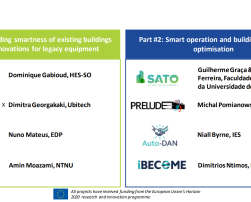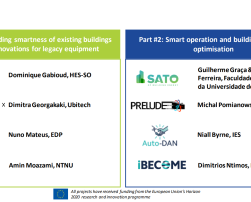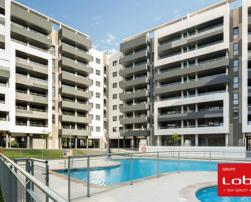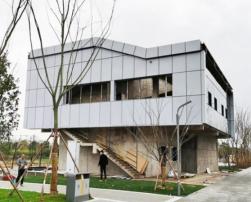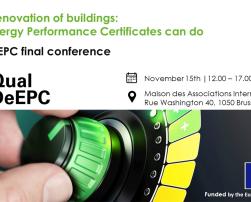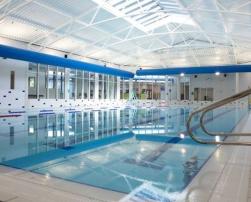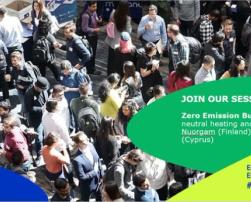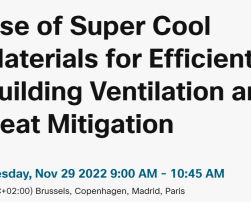
This AIVC/venticool & UNSW webinar "Use of Super Cool Materials for Efficient Building Ventilation and Heat Mitigation" aims to inform designers, engineers, architects, researchers and building professional on the potential of super cool materials, their potential use for ventilation and mitigation purposes, and the future implementation path to be followed.
